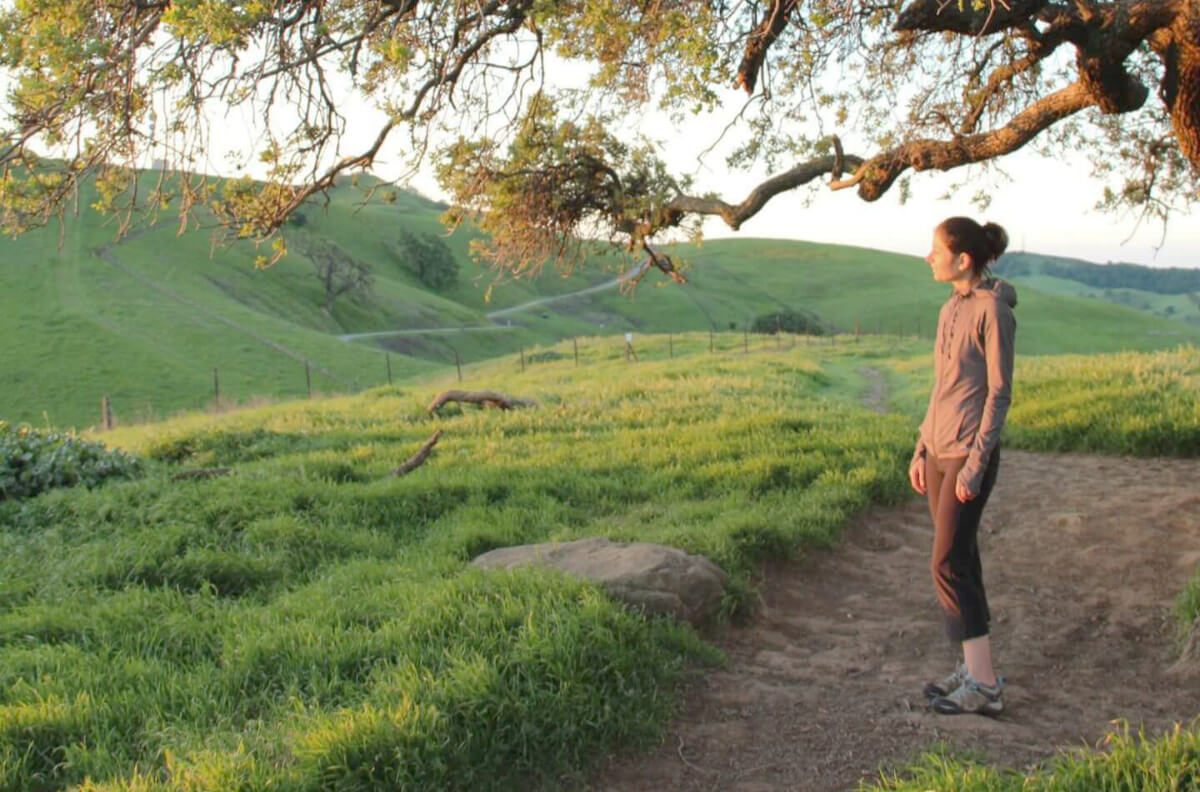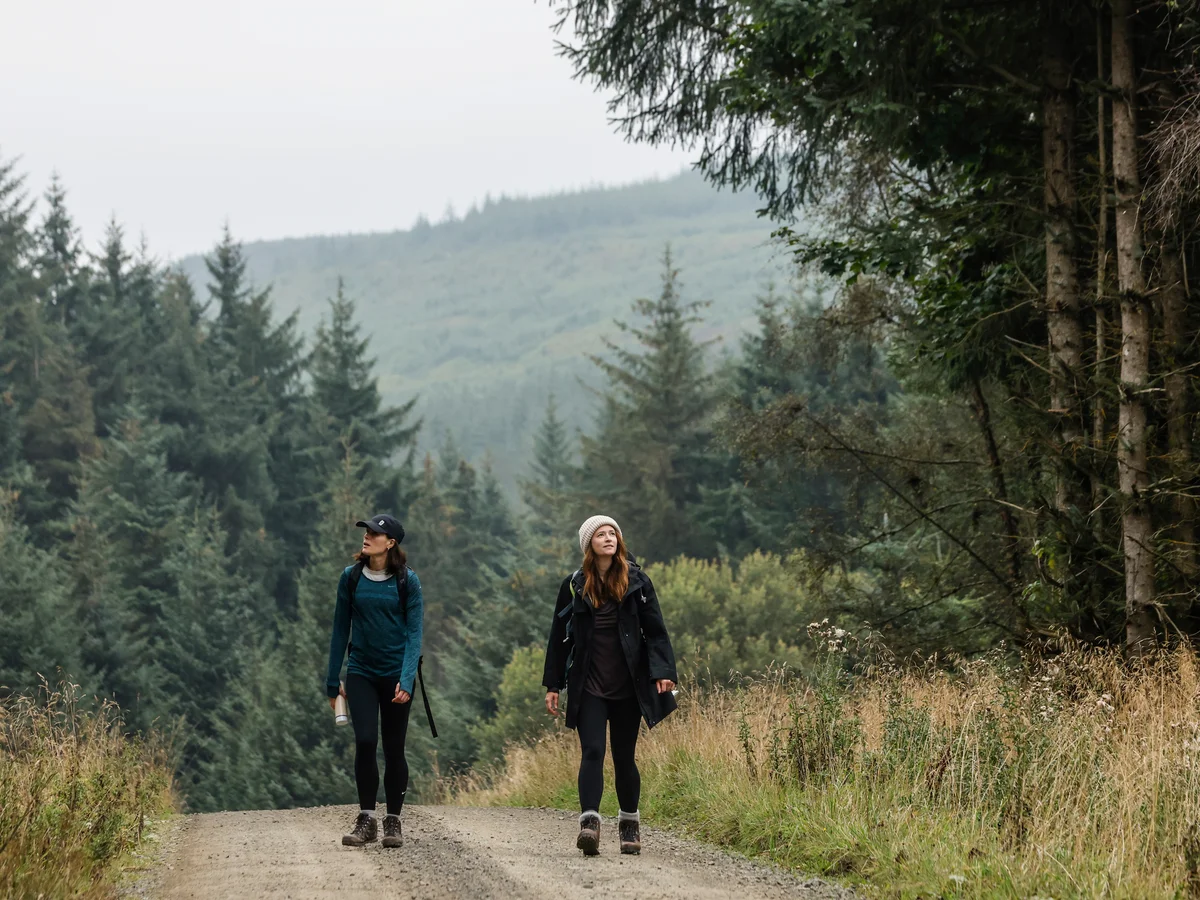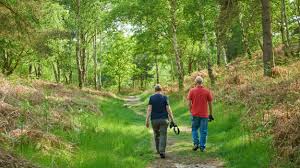How Walking in Nature Can Transform Your Mind and Body

In a world dominated by screens and sedentary lifestyles, one of the most effective therapies remains as simple as it is ancient: walking in nature. Science continues to uncover what many cultures have known for centuries — that nature walks offer profound benefits for both the mind and body.
The Science Behind Nature Walks
Numerous studies have shown that spending time in natural environments reduces cortisol levels (the stress hormone), lowers blood pressure, and improves mood. Even short walks in green spaces can boost cognitive performance and improve emotional health.
Mental Health Benefits

1. Reduced Anxiety and Depression
Exposure to natural surroundings activates the parasympathetic nervous system, promoting relaxation. Regular nature walks have been linked with lower rates of depression and anxiety, offering a gentle yet powerful mood-lifting effect.

2. Boosted Attention and Memory
Nature offers what psychologists call “soft fascination,” a type of gentle stimulation that restores our mental energy. This improves attention spans, reduces mental fatigue, and enhances memory retention — especially useful in an age of digital distraction.
3. Increased Mindfulness
Walking in nature naturally draws attention to the present moment — the sound of leaves underfoot, the rhythm of your steps, the rustling of trees. This state of awareness encourages mindfulness, which has wide-ranging benefits from improved emotional regulation to better sleep.
Physical Health Benefits
Beyond mental well-being, walking in nature also supports physical health. It promotes cardiovascular fitness, aids in weight management, strengthens the immune system, and even reduces inflammation.

- Improves heart health: Regular brisk walking reduces the risk of heart disease.
- Strengthens muscles and bones: Walking is a low-impact exercise ideal for all ages.
- Enhances sleep: Physical activity and daylight exposure help regulate sleep cycles.
Green vs. Urban Walking
While all walking is beneficial, walking in green spaces shows far greater improvements in mental health than walking in urban environments. Parks, forests, riversides, and mountain trails provide not just exercise but also visual and auditory relief from concrete-heavy cityscapes.

Tips to Get Started
- Start small: Aim for 15–30 minutes of walking in a local park or natural area.
- Go alone or with a mindful partner: Choose quiet over conversation when possible.
- Leave your phone behind or on silent: Engage fully with your surroundings.
- Observe, don’t judge: Let nature unfold without needing to document or analyze it.
Nature as Preventative Medicine
Doctors in some countries now prescribe time in nature as part of preventive healthcare. This “green prescription” reflects a growing awareness that health is not just about medication — it’s about how we live, move, and interact with the world around us.
Conclusion: Walk Your Way to Wellness
Walking in nature is free, accessible, and incredibly healing. It reconnects us with the rhythms of the natural world and, in doing so, helps us reconnect with ourselves. Whether you walk through forests, along beaches, or in quiet urban parks, nature is waiting — step outside and let it work its quiet magic.

Final Reflection: Rewilding the Human Spirit Through Nature
Walking in nature is more than a physical activity — it is a way of returning to something we’ve forgotten but deeply need. At our core, we are not separate from the natural world. We are part of it, shaped by its rhythms, dependent on its balance, and healed by its presence. In modern life, this connection is often severed by screens, concrete, and pace. But every step we take on a forest path, every breath of mountain air, and every gaze into an open sky brings us back to ourselves in the most primal and profound way. The act of walking — slow, rhythmic, intentional — invites us to let go of performance and simply be. It doesn’t demand achievement or output. It invites awareness, softness, and humility. When we walk in nature, we begin to notice things again: the color of the moss, the sound of water under stone, the feeling of wind on skin. We reconnect with a form of knowledge that lives in the body, not the mind — the kind of wisdom that only silence and presence can awaken. This reconnection has real consequences. Studies have shown that time spent in nature can reduce symptoms of ADHD in children, lower chronic inflammation, and even increase lifespan. But beyond the measurable, there is a more poetic truth: when we spend time with trees, rivers, and wild spaces, we remember how to be human in a gentler, more rooted way. Nature doesn’t rush us. It accepts us as we are. It doesn’t care about our deadlines or our metrics. It simply exists — and in doing so, teaches us how to live more slowly, more meaningfully. If you’re feeling disconnected, overwhelmed, or stuck, perhaps what you need is not another solution, but a simple return — to a park, a trail, a patch of sky. You don’t need to hike mountains to feel the shift. Even a short walk under trees can ease your nervous system and spark a sense of belonging. Nature asks only that we show up — with our attention, our breath, and our willingness to be changed. In a world that constantly pulls us outward, walking in nature calls us home. Home to our senses. Home to our hearts. Home to the ancient knowledge that we are never truly alone when we walk under the open sky. So lace up your shoes, open your eyes, and step into the living world. Let it remind you that healing is not always found in therapy rooms or prescription bottles. Sometimes, it’s found in the rustle of leaves, the crunch of dirt underfoot, and the quiet knowing that you belong to something bigger than yourself. Nature doesn’t speak in words, but it always answers — if we are willing to listen.
